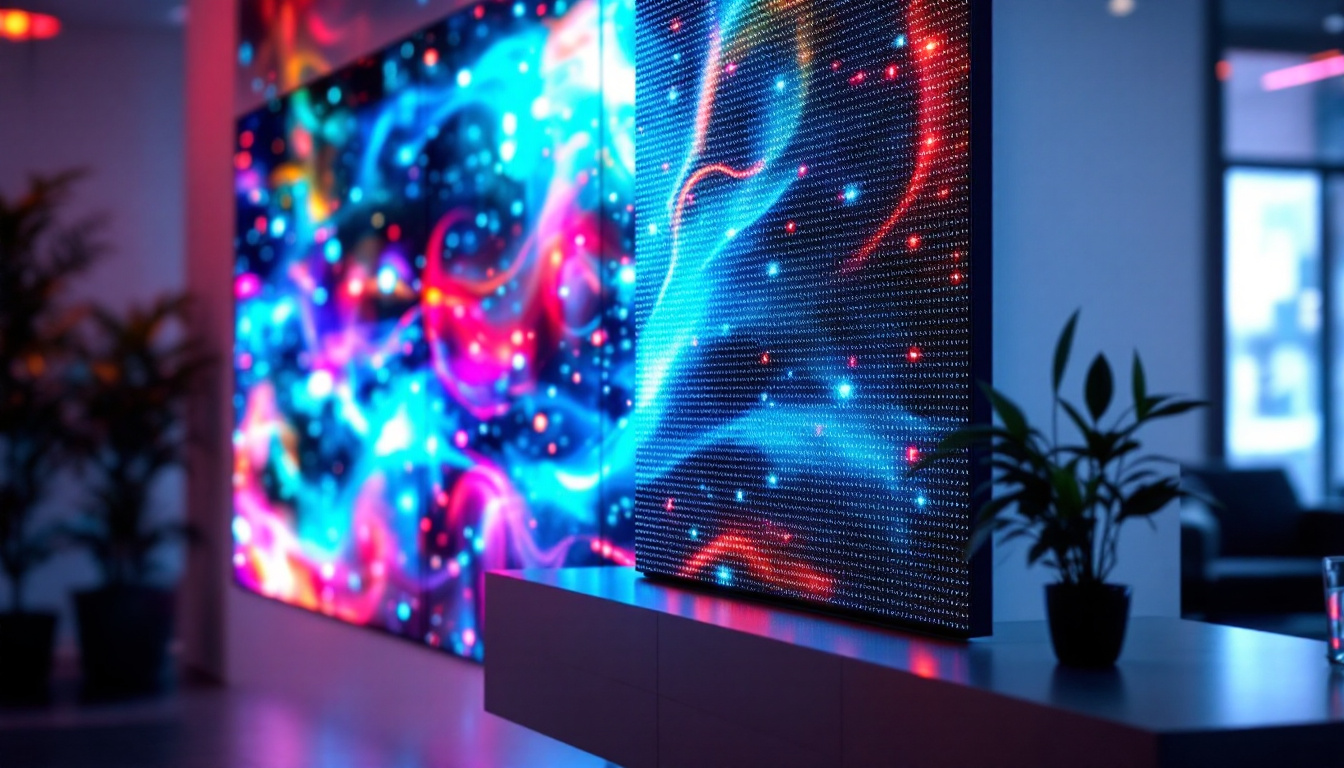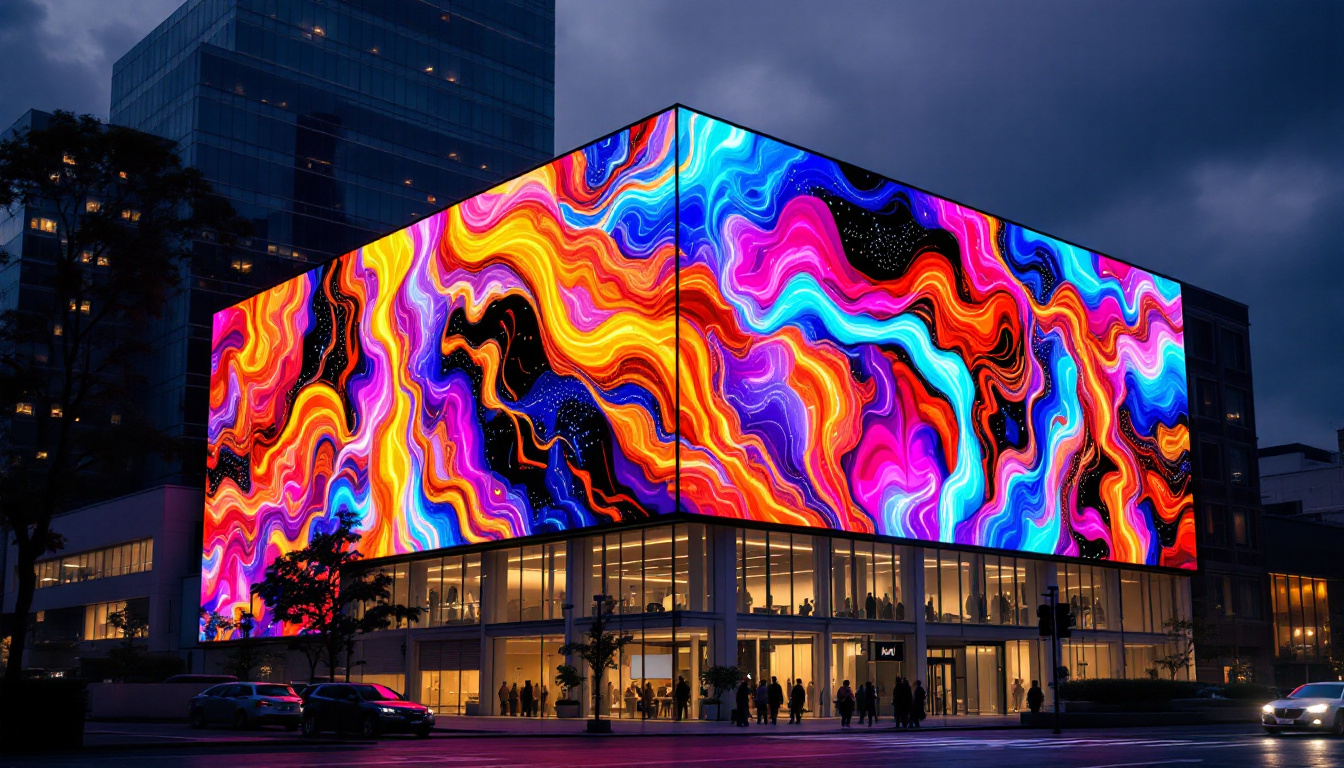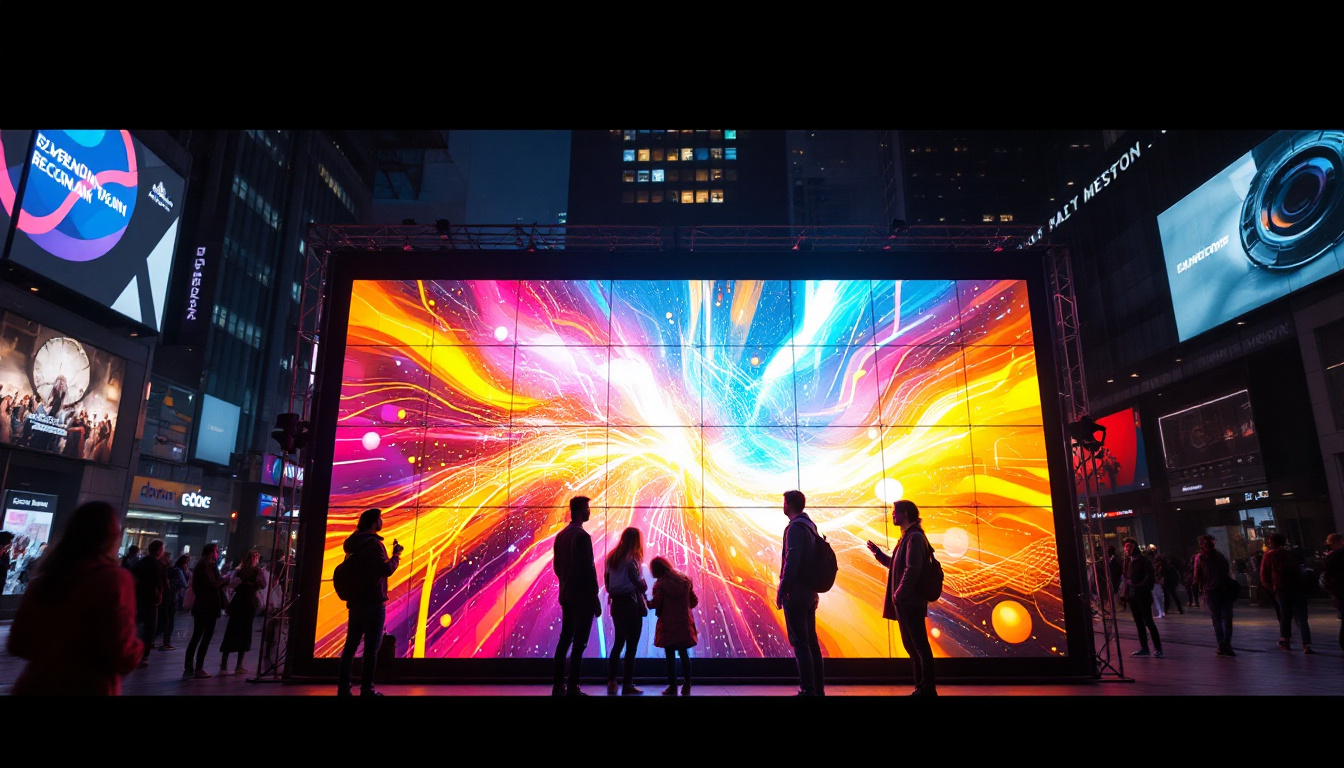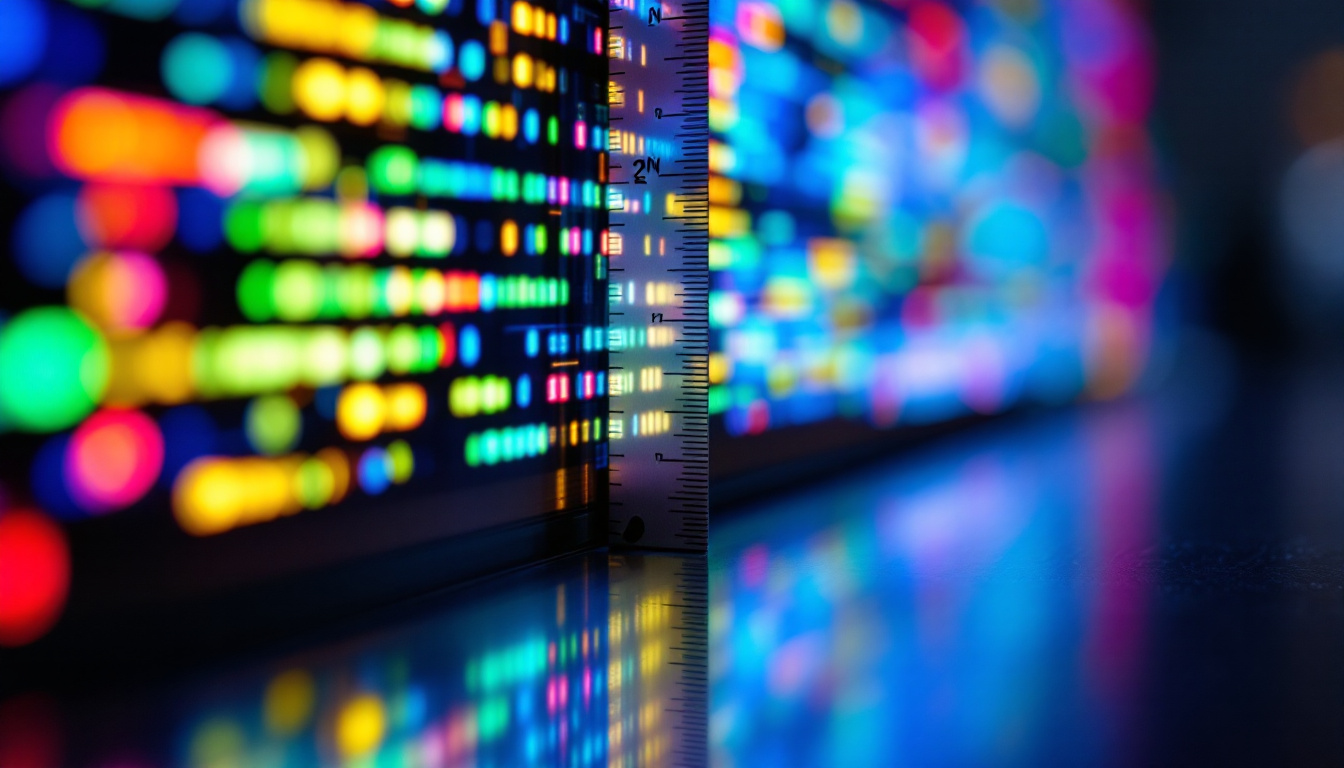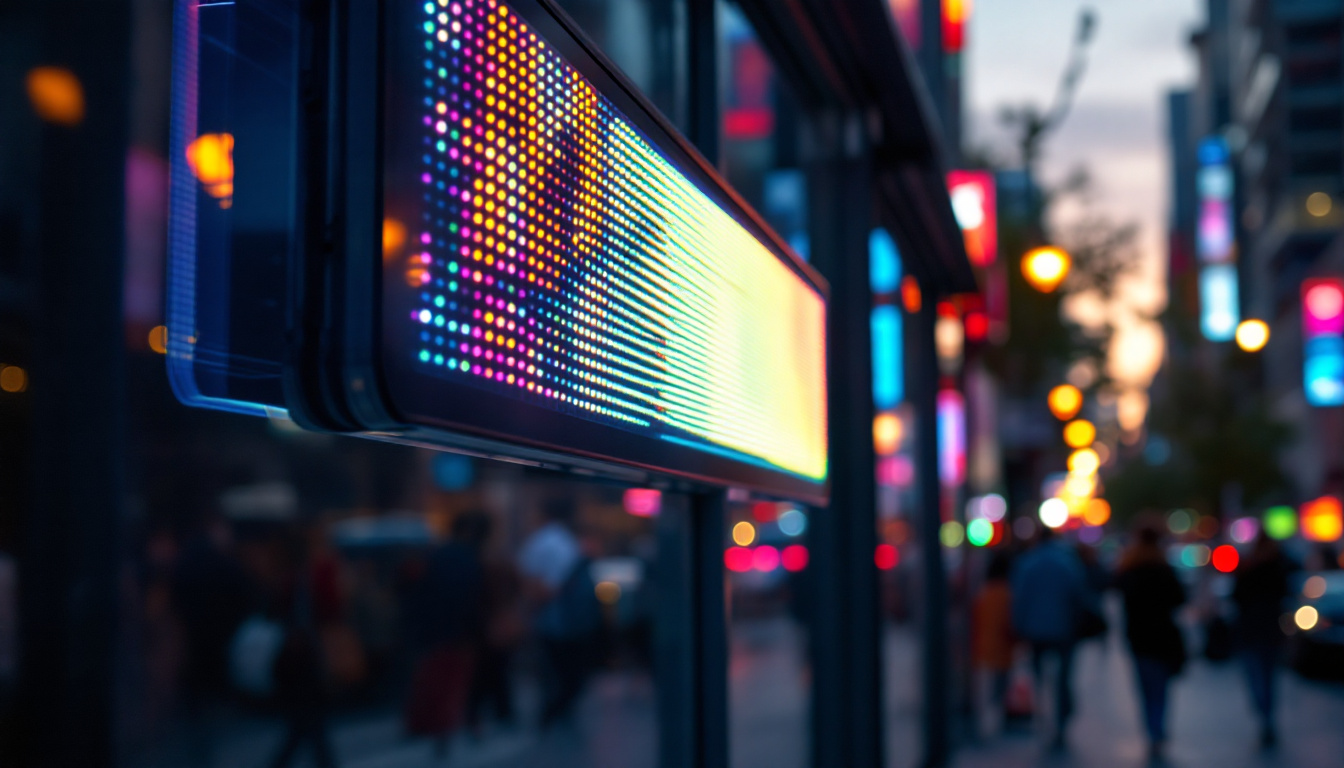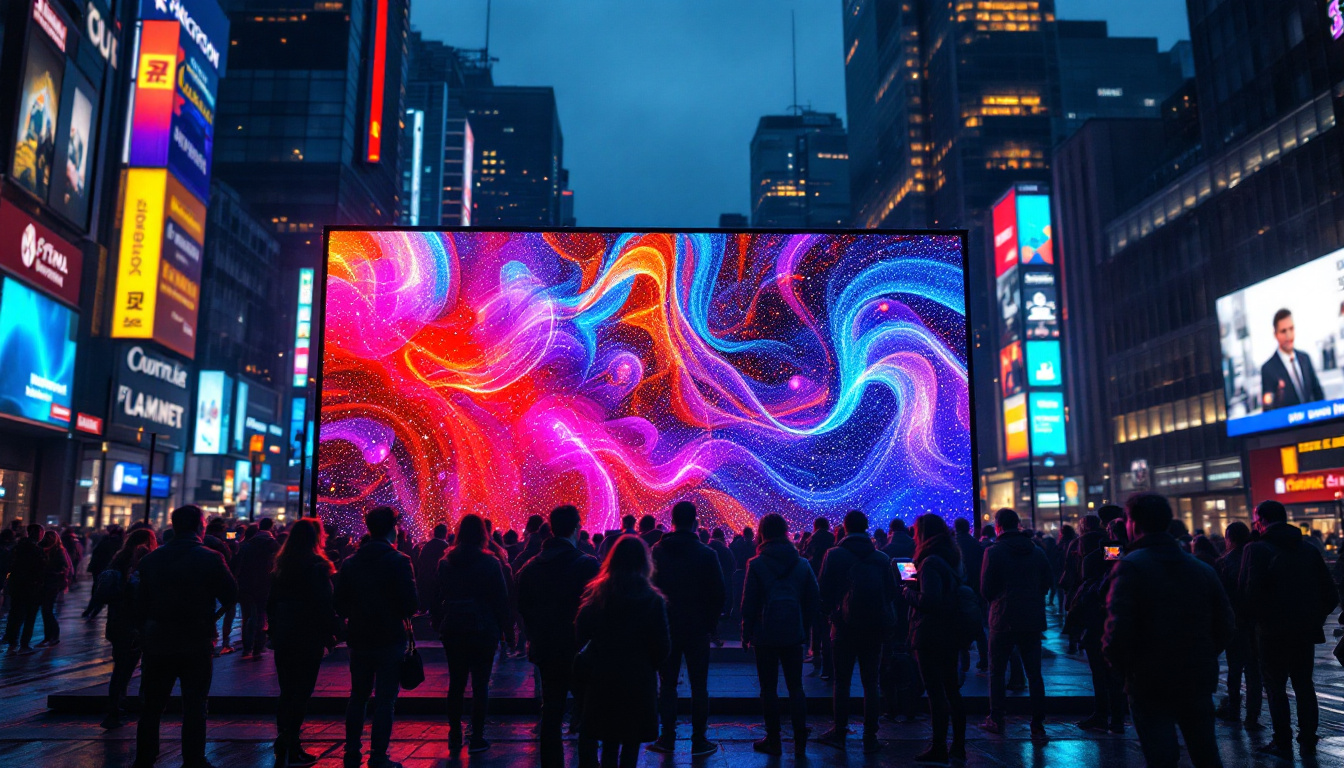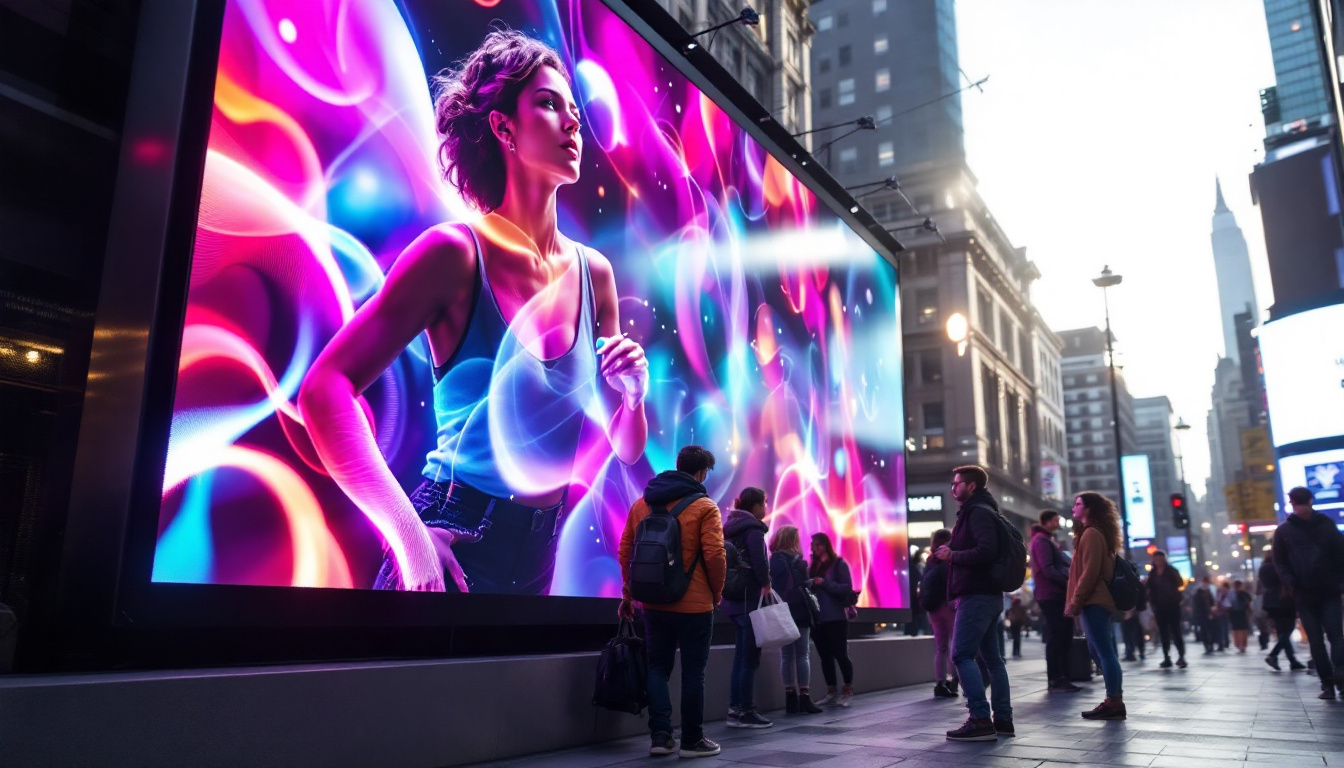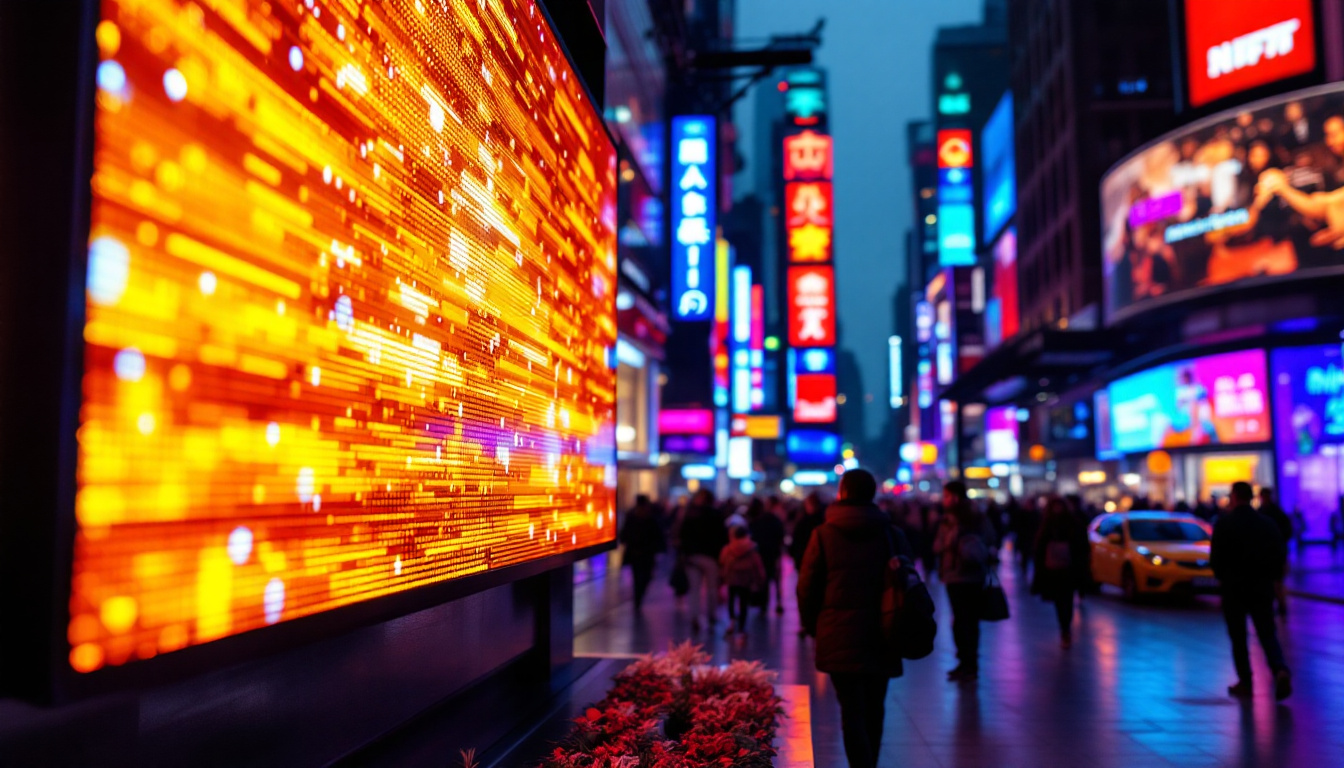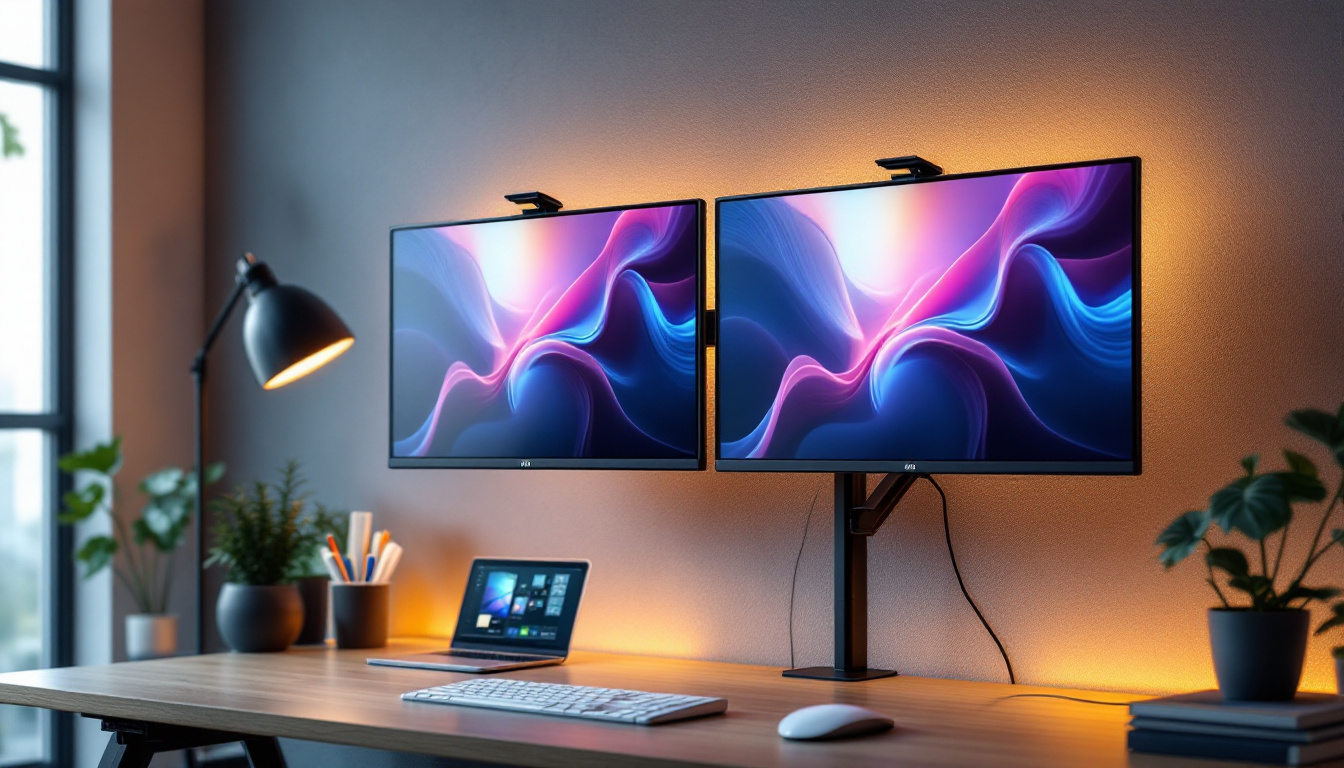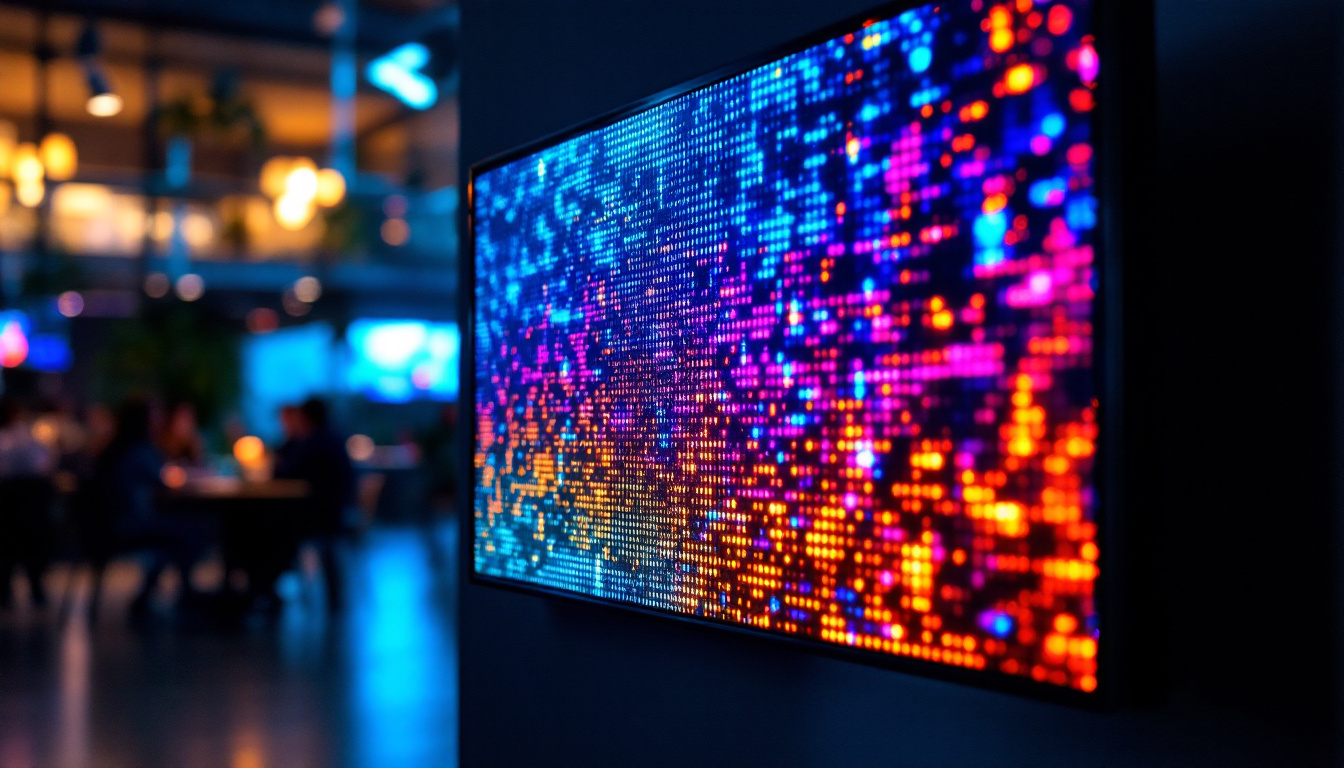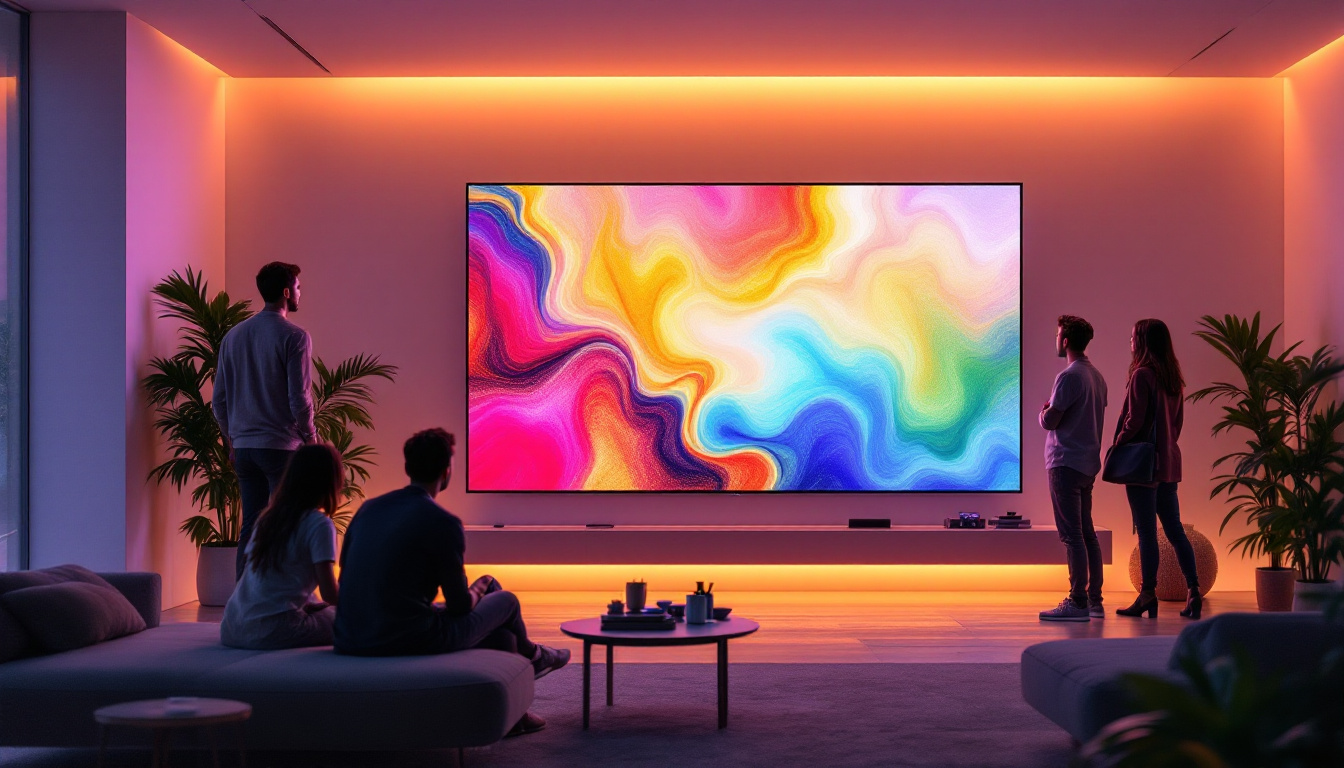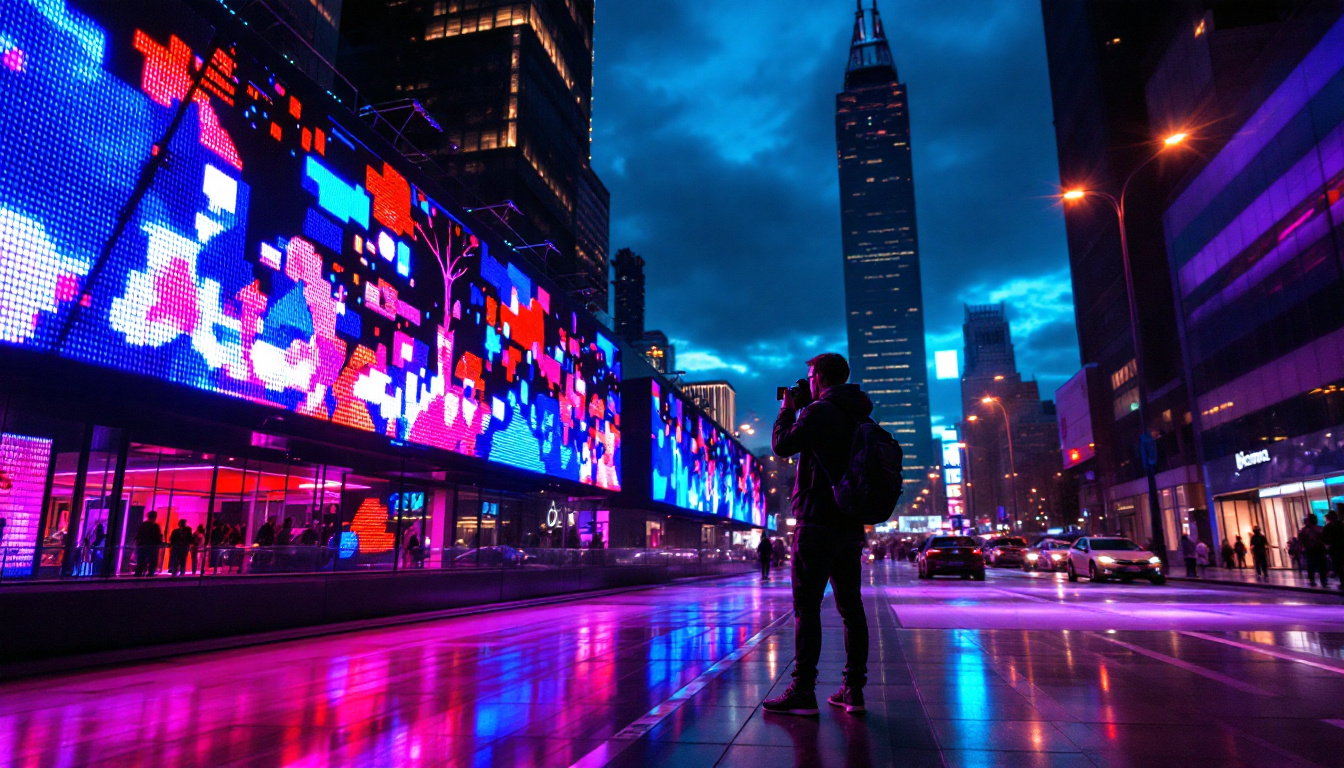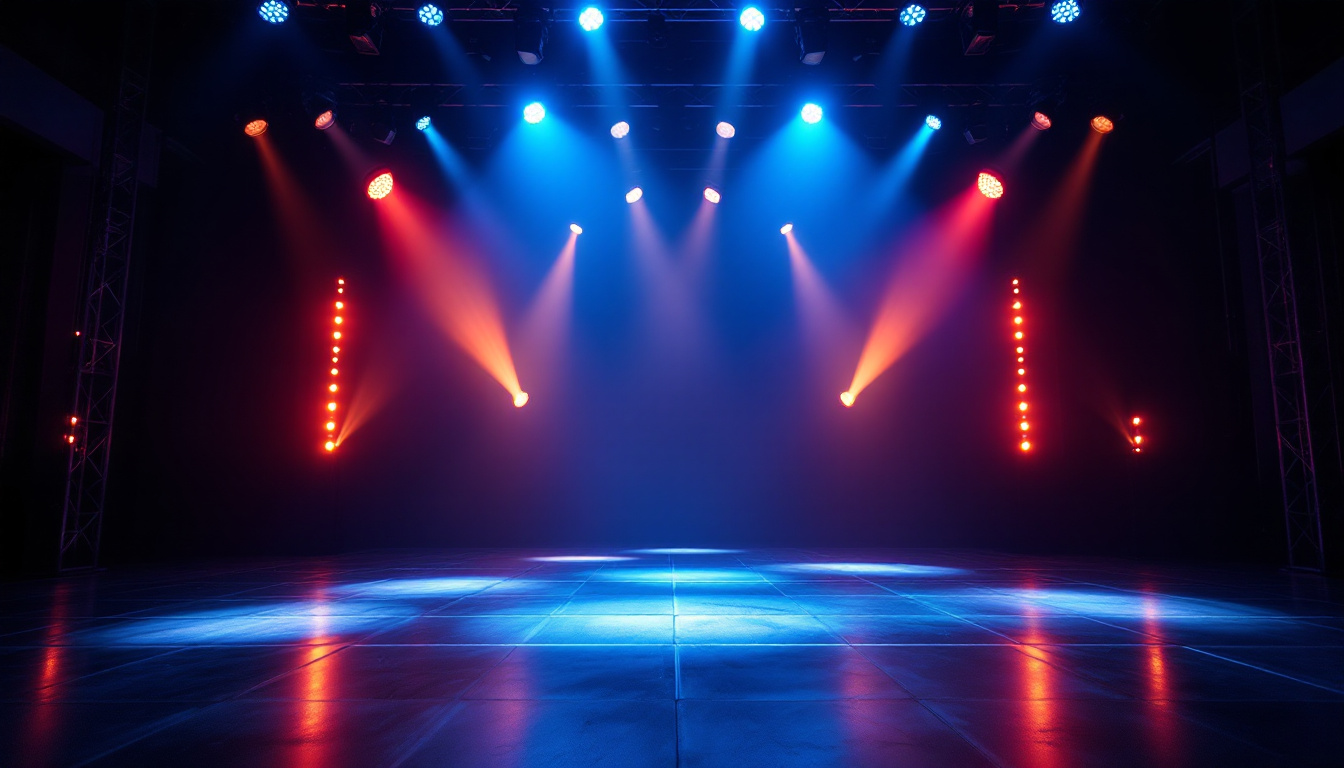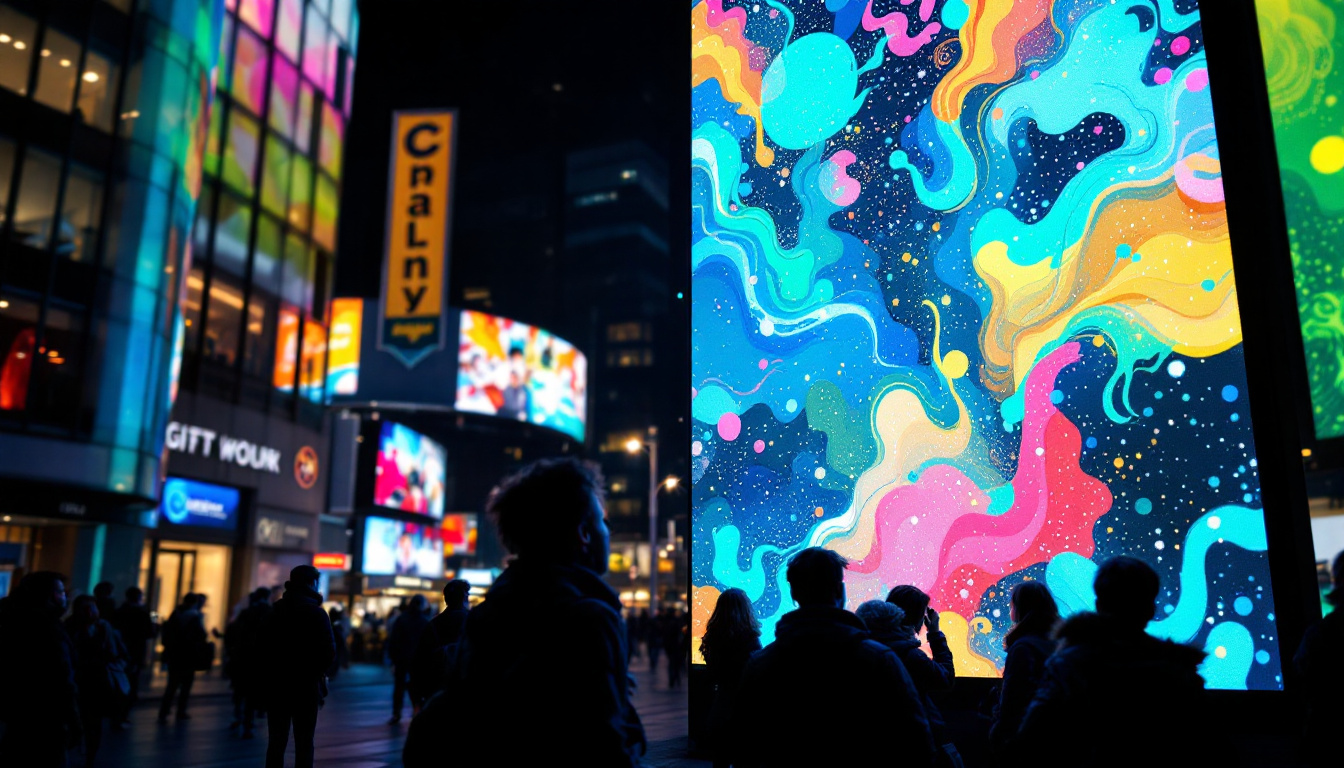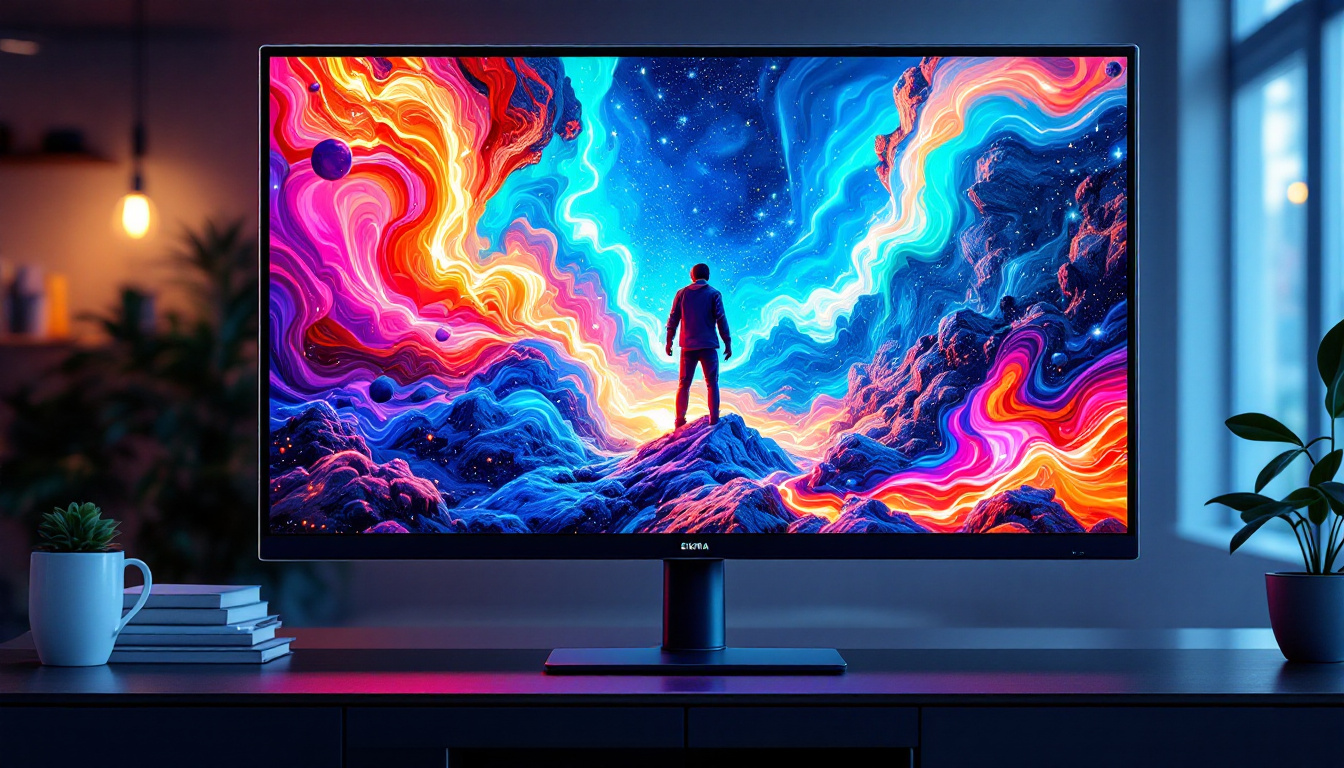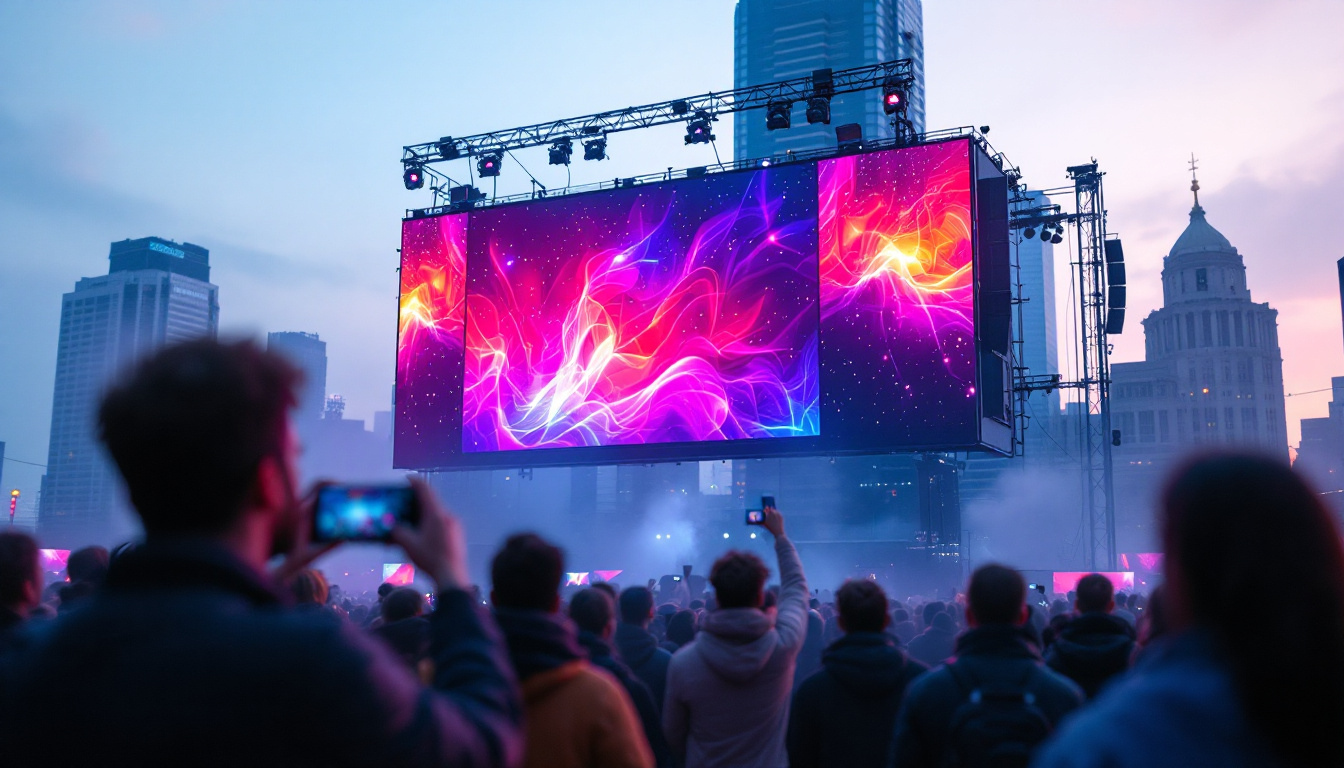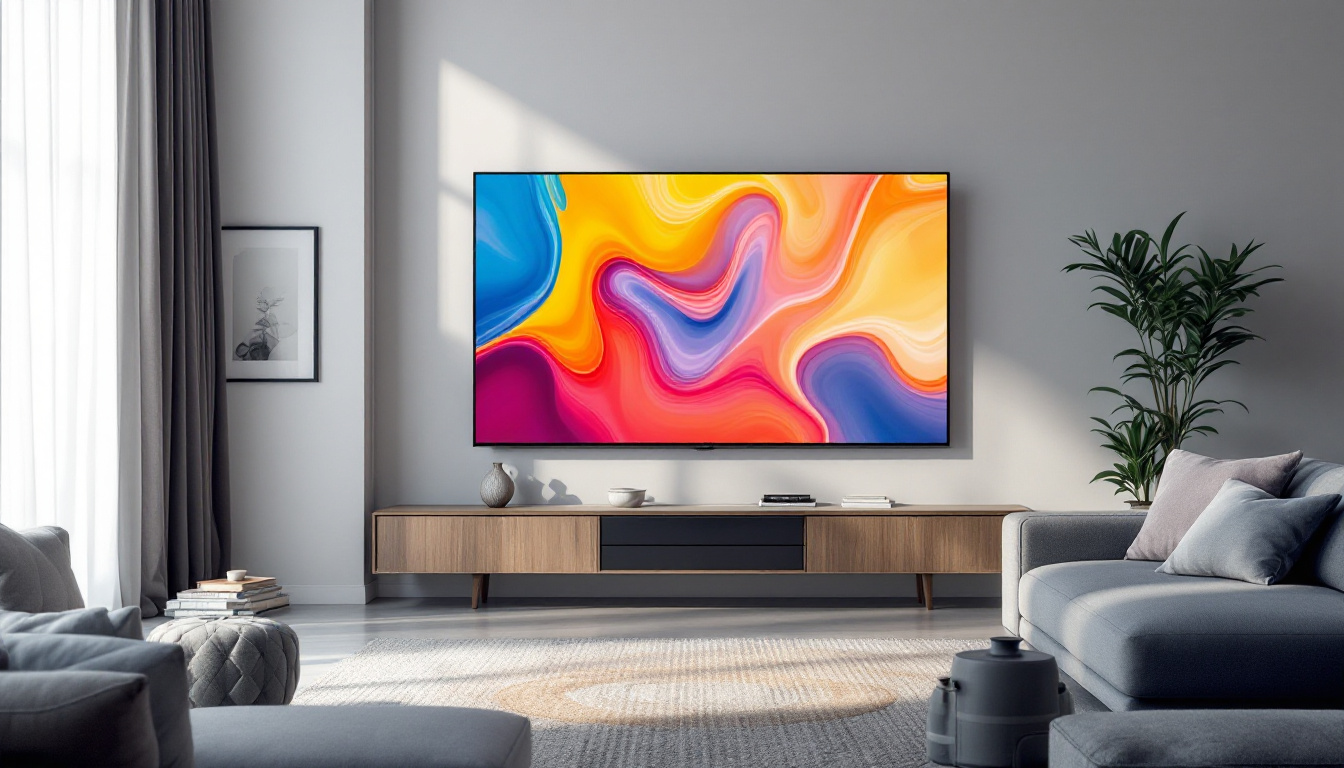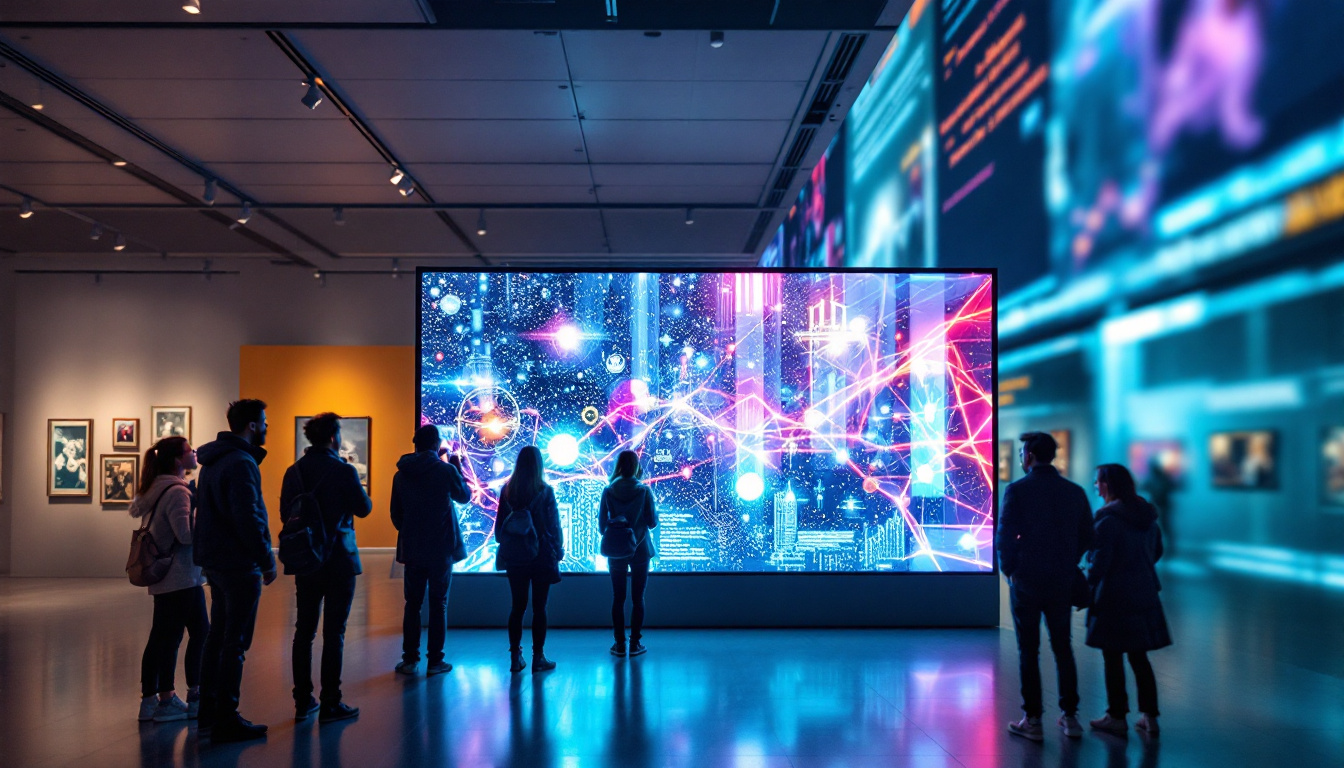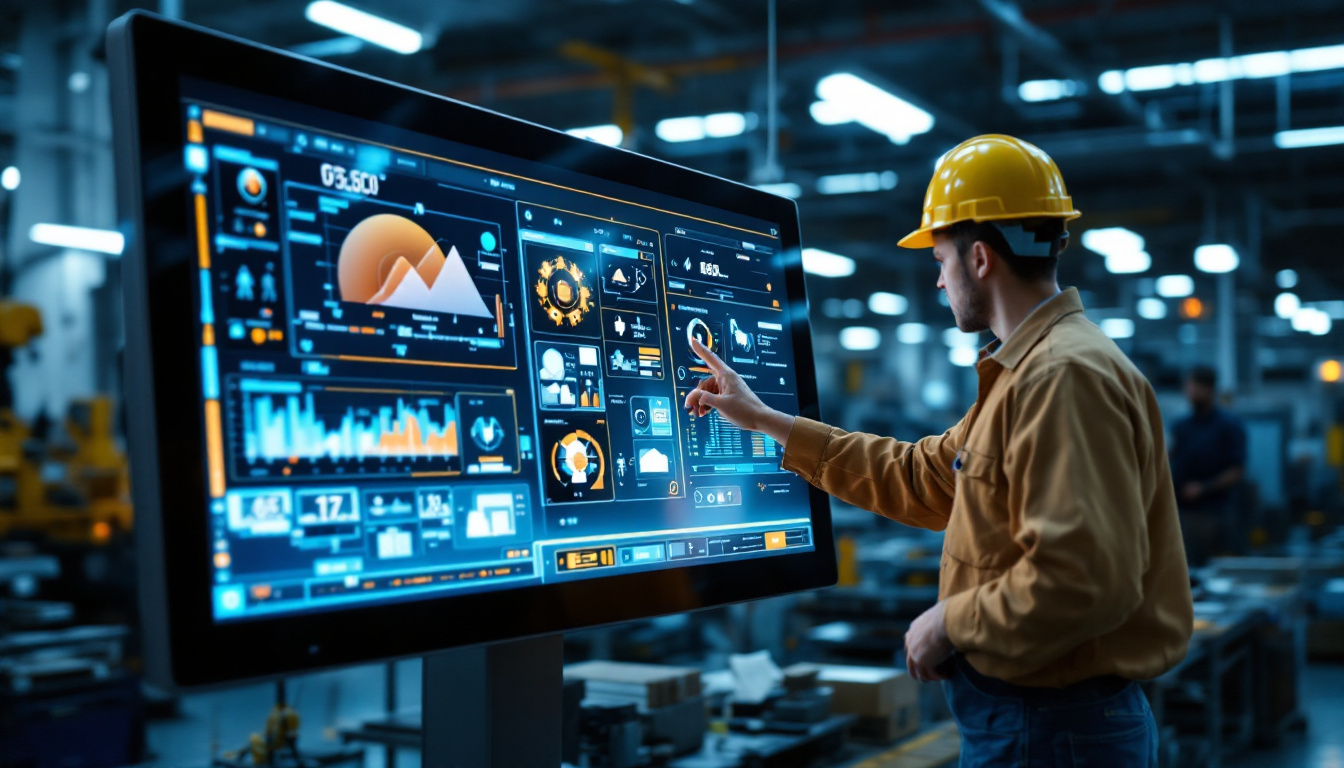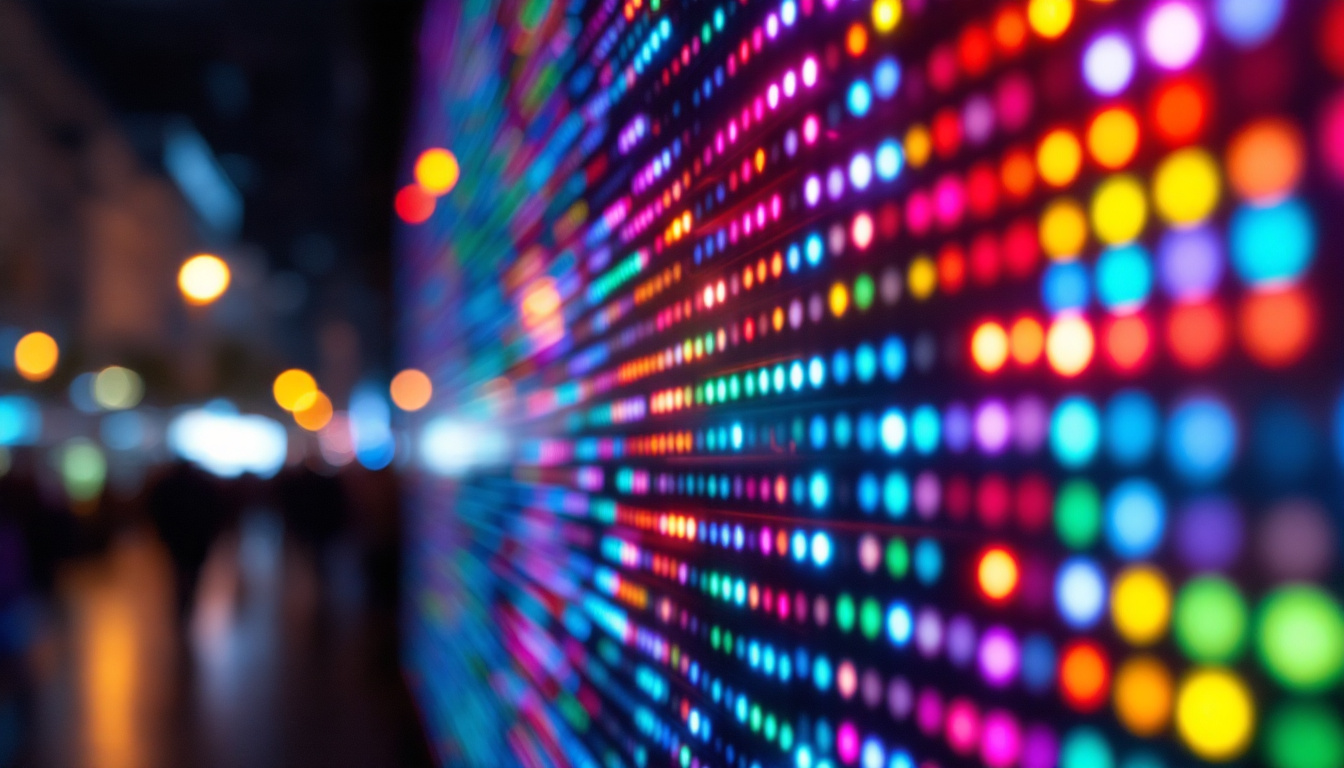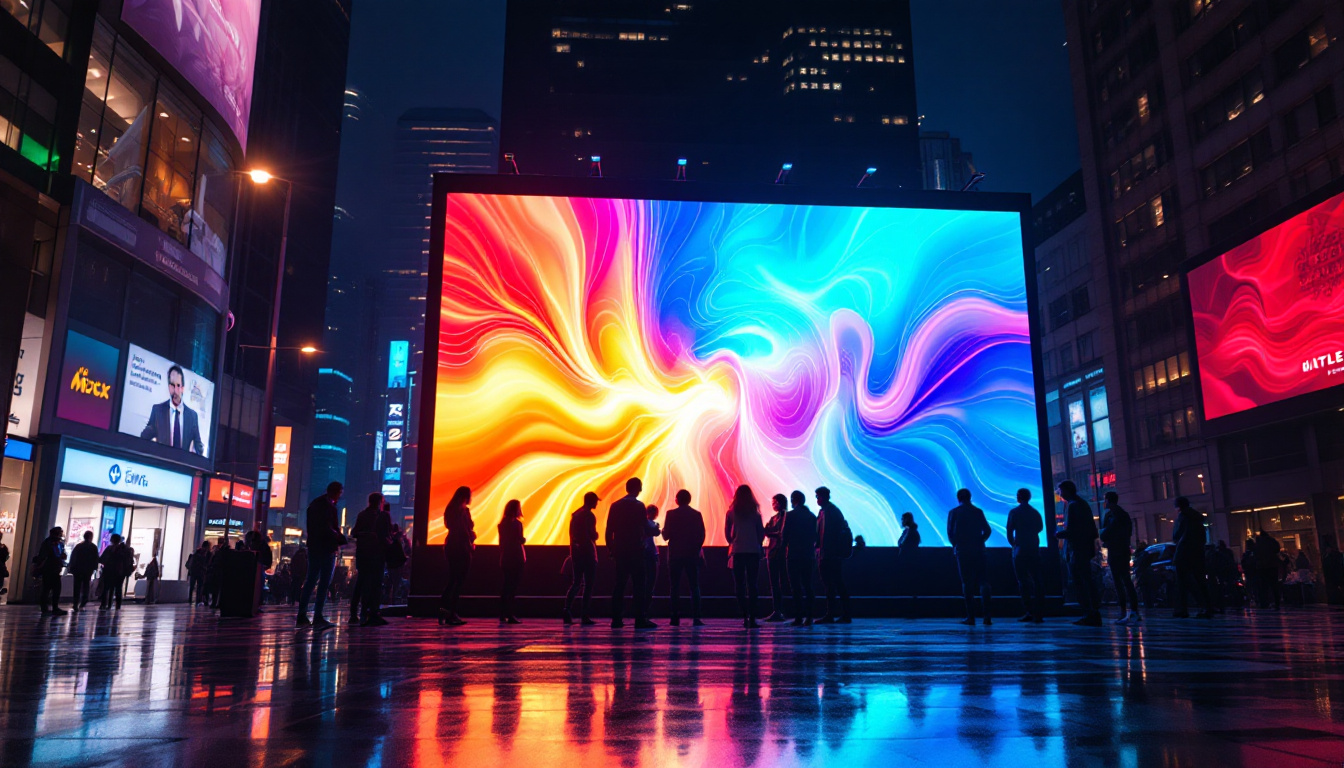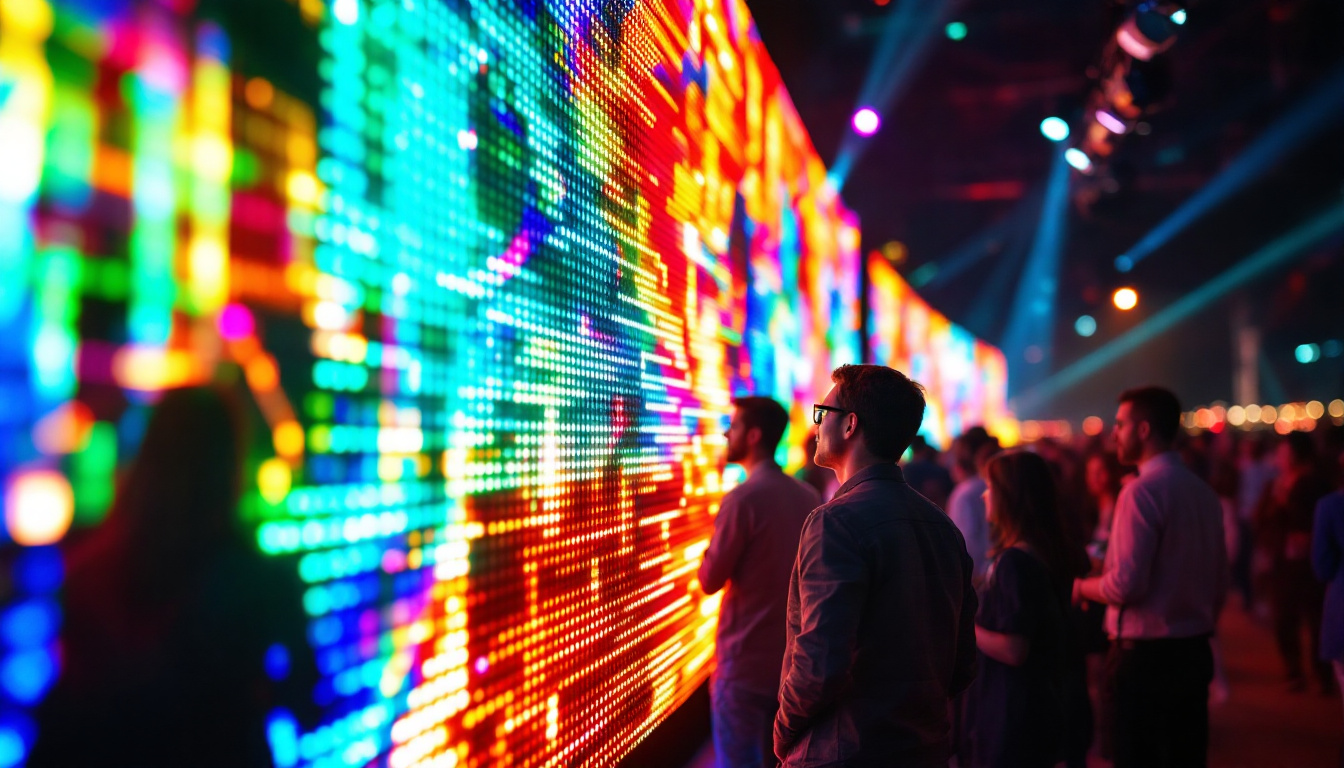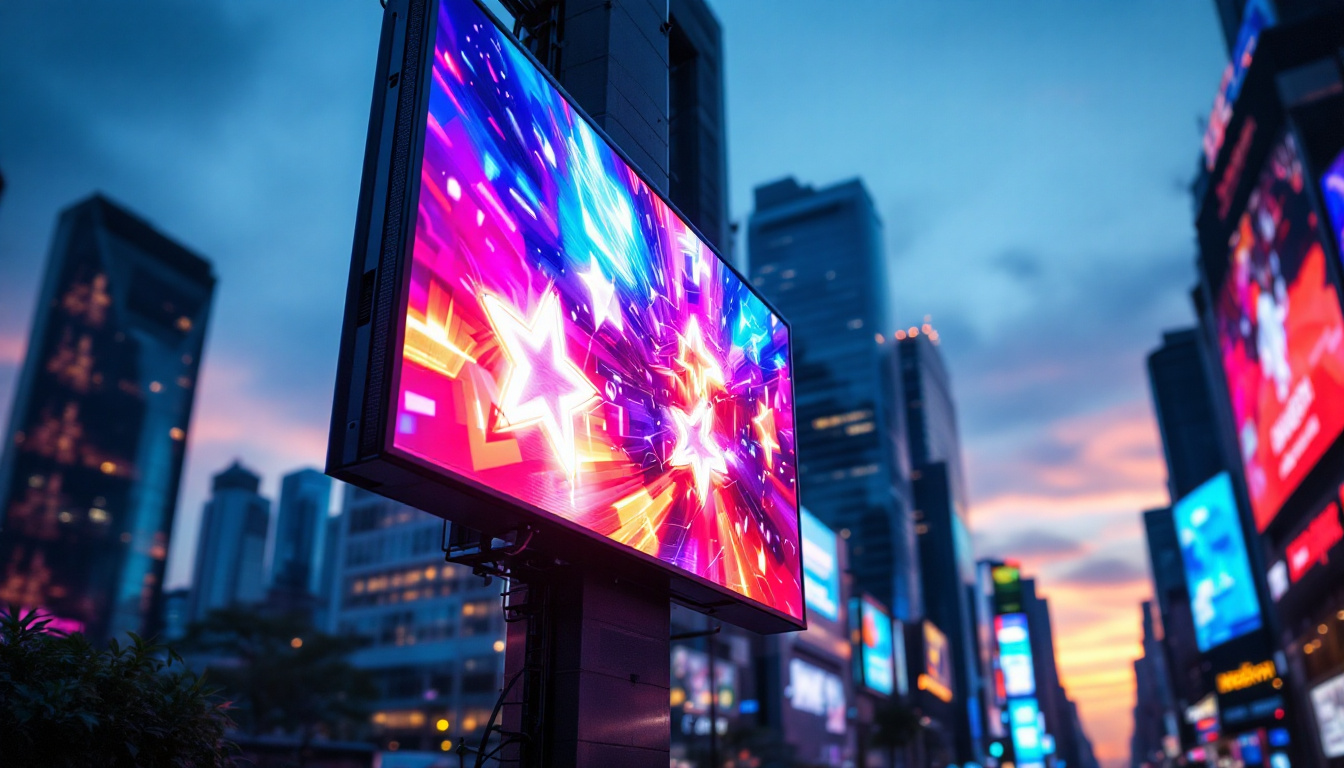In the ever-evolving landscape of technology and design, LED wall panelling has emerged as a transformative solution for both commercial and residential spaces. This innovative approach not only enhances aesthetic appeal but also offers versatile functionality. This article delves into the intricacies of LED wall panelling, exploring its components, benefits, applications, and future trends.
Understanding LED Wall Panelling
LED wall panelling refers to the use of light-emitting diodes (LEDs) integrated into wall panels to create dynamic visual displays. These panels can be used for various purposes, from advertising and branding to enhancing the ambiance of a room. The technology behind LED displays has advanced significantly, making them more accessible and versatile than ever before. The integration of smart technology has also allowed for interactive displays that can respond to viewer engagement, making LED wall panelling not just a visual experience but an interactive one as well.
In commercial settings, LED wall panelling has revolutionized the way businesses communicate with their customers. Retailers can showcase promotions, new products, or even live social media feeds, creating an immersive shopping experience. In residential spaces, homeowners are beginning to adopt LED panels to create mood lighting or to serve as a dynamic art piece, transforming ordinary walls into extraordinary focal points. The adaptability of these panels means they can be tailored to fit any aesthetic, from sleek modern designs to more traditional looks.
Components of LED Wall Panels
At the core of LED wall panelling are several key components that work together to create stunning visual effects. Understanding these components is essential for appreciating the technology’s capabilities.
- LED Modules: These are the building blocks of any LED display. Each module consists of multiple LEDs, which can be arranged in various configurations to achieve different resolutions and brightness levels. The arrangement of these modules can greatly affect the overall visual quality, allowing for high-definition imagery that captivates viewers.
- Control Systems: A robust control system is crucial for managing the content displayed on LED panels. This includes hardware and software that allow users to upload, schedule, and manipulate content in real-time. Advanced control systems can even integrate with other technologies, such as sensors and cameras, to create a fully interactive experience.
- Power Supply: LED panels require a stable power supply to function efficiently. The power supply must be compatible with the panel’s specifications to ensure optimal performance. Additionally, energy-efficient designs are becoming more prevalent, allowing for lower operational costs and a reduced environmental footprint.
Types of LED Wall Panels
LED wall panels come in various types, each designed for specific applications. The most common types include:
- Indoor LED Panels: These panels are designed for use in indoor environments, offering high resolution and brightness suitable for close viewing. They are often used in settings like conference rooms, retail spaces, and exhibitions, where clarity and detail are paramount.
- Outdoor LED Panels: Built to withstand the elements, outdoor panels are typically more robust and feature higher brightness levels to combat sunlight. These panels are commonly found in billboards, sports arenas, and public spaces, where visibility from a distance is crucial.
- Flexible LED Panels: These panels can be bent and shaped to fit unique spaces, making them ideal for creative installations and artistic displays. Their flexibility allows for innovative designs that can wrap around corners or create unique shapes, pushing the boundaries of traditional display technology.
Moreover, there are also specialized panels such as transparent LED displays, which allow for visibility through the panel while still providing vibrant imagery. This type of panel is particularly popular in storefronts and exhibitions, where maintaining visibility of products behind the display is essential. As the technology continues to evolve, we can expect even more innovative types of LED wall panels to emerge, catering to a wider range of applications and creative possibilities.
Benefits of LED Wall Panelling
The adoption of LED wall panelling comes with numerous benefits that make it an appealing choice for various applications. From energy efficiency to enhanced visual impact, these advantages are worth exploring.
Energy Efficiency
One of the standout features of LED technology is its energy efficiency. Compared to traditional lighting solutions, LEDs consume significantly less power while providing brighter illumination. This not only reduces electricity costs but also contributes to a lower carbon footprint, making LED wall panels an environmentally friendly choice. Furthermore, the longevity of LED lights means that they require less frequent replacement than incandescent or fluorescent lights, further decreasing waste and maintenance costs over time. As businesses and homeowners alike seek sustainable solutions, LED wall panelling emerges as a frontrunner in eco-conscious design.
High-Quality Visuals
LED wall panels are known for their exceptional visual quality. With high resolution and vibrant colors, they can display intricate details and dynamic content that capture the audience’s attention. This makes them ideal for advertising, presentations, and entertainment purposes. The ability to adjust brightness and contrast allows for optimal viewing in various lighting conditions, ensuring that the visuals remain striking and effective, whether in a dimly lit theater or a brightly lit conference room. Additionally, the seamless integration of multiple panels can create expansive displays that enhance storytelling and engagement, making them a powerful tool for brands looking to make a lasting impression.
Versatility and Customization
LED wall panelling offers unparalleled versatility. They can be customized in size, shape, and configuration to suit any space or design requirement. Whether it’s a large-scale installation in a corporate lobby or a small decorative feature in a home, LED panels can adapt to various settings. The modular nature of these panels allows for creative designs that can transform ordinary walls into stunning visual experiences. From interactive displays that respond to viewer engagement to artistic installations that change with the seasons, the possibilities are endless. This adaptability not only enhances aesthetic appeal but also allows businesses to convey their brand message in innovative ways, ensuring that they stand out in a crowded marketplace.
Applications of LED Wall Panelling
The versatility of LED wall panelling allows for a wide range of applications across different industries. From retail to hospitality, the technology is making a significant impact.
Retail and Advertising
In the retail sector, LED wall panels are increasingly used for advertising and branding. Eye-catching displays can attract customers and convey promotional messages effectively. Retailers can also use dynamic content to showcase products, creating an engaging shopping experience.
Corporate Environments
In corporate settings, LED wall panels serve multiple purposes. They can be used for presentations, video conferencing, and as digital signage to convey important information. The ability to update content in real-time enhances communication and ensures that employees and visitors are always informed.
Entertainment and Events
LED wall panelling has revolutionized the entertainment industry. From concerts to trade shows, these displays are used to create immersive experiences. Their ability to deliver high-quality visuals in various lighting conditions makes them a preferred choice for event organizers.
Installation and Maintenance of LED Wall Panels
While the benefits of LED wall panelling are clear, proper installation and maintenance are crucial to ensure longevity and performance. Understanding these processes can help maximize the investment in this technology.
Installation Process
The installation of LED wall panels involves several steps, including site assessment, panel configuration, and electrical setup. A professional installation team is often recommended to ensure that the panels are mounted securely and connected to the power supply and control systems correctly.
During the installation, it is essential to consider factors such as viewing distance, angle, and ambient lighting to optimize the display’s effectiveness. Proper alignment and calibration are also crucial to achieving the best visual results.
Maintenance Requirements
Maintaining LED wall panels is relatively straightforward, but it does require regular attention. Routine cleaning is necessary to keep the panels free from dust and debris, which can affect brightness and clarity. Additionally, monitoring the performance of the control systems and power supply is essential to prevent potential issues.
In case of any malfunction, it is advisable to consult with professionals who specialize in LED technology. They can diagnose and repair issues efficiently, ensuring minimal downtime for the display.
Future Trends in LED Wall Panelling
The future of LED wall panelling looks promising, with ongoing advancements in technology and design. Emerging trends are set to redefine how these panels are used across various sectors.
Integration with Smart Technology
As smart technology continues to gain traction, the integration of LED wall panels with IoT (Internet of Things) devices is becoming more common. This allows for enhanced interactivity and automation, enabling users to control displays remotely and customize content based on real-time data.
Advancements in Resolution and Flexibility
Future developments in LED technology are expected to yield even higher resolutions and greater flexibility in panel design. This will allow for more intricate and creative installations, pushing the boundaries of what is possible in visual displays.
Sustainability Initiatives
With a growing emphasis on sustainability, manufacturers are focusing on eco-friendly materials and practices in the production of LED wall panels. This includes the use of recyclable components and energy-efficient manufacturing processes, aligning with global efforts to reduce environmental impact.
Conclusion
LED wall panelling represents a significant advancement in display technology, offering a blend of aesthetic appeal and functional versatility. Its applications span various industries, providing businesses and individuals with innovative solutions for communication and branding.
As technology continues to evolve, the potential for LED wall panels will only expand, paving the way for more dynamic and engaging visual experiences. Embracing this technology not only enhances spaces but also contributes to a more sustainable future.
In summary, understanding the components, benefits, applications, and future trends of LED wall panelling is essential for anyone looking to leverage this technology. As the industry continues to innovate, staying informed will ensure that users can make the most of what LED displays have to offer.
Discover LumenMatrix’s Innovative LED Solutions
Ready to elevate your space with cutting-edge LED wall panelling? LumenMatrix offers a comprehensive range of LED display solutions tailored to meet your unique needs. From captivating Indoor and Outdoor LED Wall Displays to dynamic Vehicle and Sports Displays, our products are designed to revolutionize visual communication. Embrace the future of digital signage with LumenMatrix and create immersive experiences that engage and inspire. Check out LumenMatrix LED Display Solutions today and transform your brand’s visibility with unparalleled clarity and impact.

